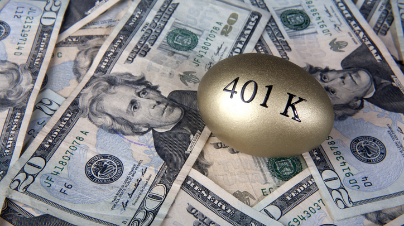401k plans are an important part of retirement planning. They allow you to save money for retirement on a tax-deferred basis, meaning that you don’t have to pay taxes on the money until you withdraw it. But what happens if you want to access your 401k funds early? One option is to use the Substantially Equal Periodic Payments (SEPP) rule. This IRS rule allows you to access your 401k funds early without incurring the usual 10% penalty for early withdrawal. But do you have to use all of your 401k with 72(t) SEPP?
What is 72(t) SEPP?
IRS rule 72(t) SEPP is a program that allows individuals who are 59 ½ or younger to withdraw money from their 401k plans without incurring the usual 10% penalty for early withdrawal. This IRS rule requires that withdrawals be made in substantially equal periodic payments (SEPP) over a period of five years or until age 59 ½, whichever is longer. The amount of each payment must be calculated using one of three IRS-approved methods: required minimum distribution (RMD), fixed amortization, or fixed annuitization.
Advantages and Disadvantages of IRS Rule 72(t) SEPP
IRS rule 72(t) SEPP can be a great way to access your 401k funds early without incurring the 10% penalty for early withdrawal. However, there are some drawbacks as well. For example, once you start taking payments under SEPP, you must continue taking them for at least five years or until age 59 ½, whichever is longer. Additionally, since the payments are calculated using one of three IRS-approved methods, they may not be as high as if you had taken a lump sum distribution instead.
Do You Have To Use All Of Your 401K With SEPP?
No, you do not have to use all of your 401k with SEPP. Depending on your income goals, you can carve out a portion of your old 401k money and a plan can be designed to match the income goals you are wanting to accomplish.
To find out the best options for your 401k, schedule a call.



